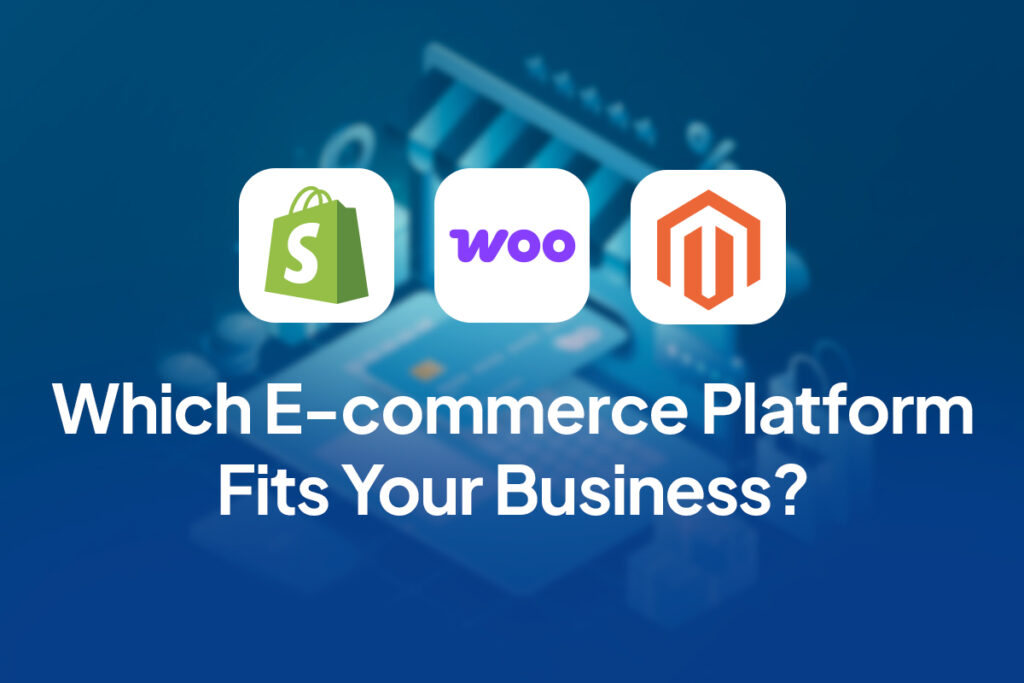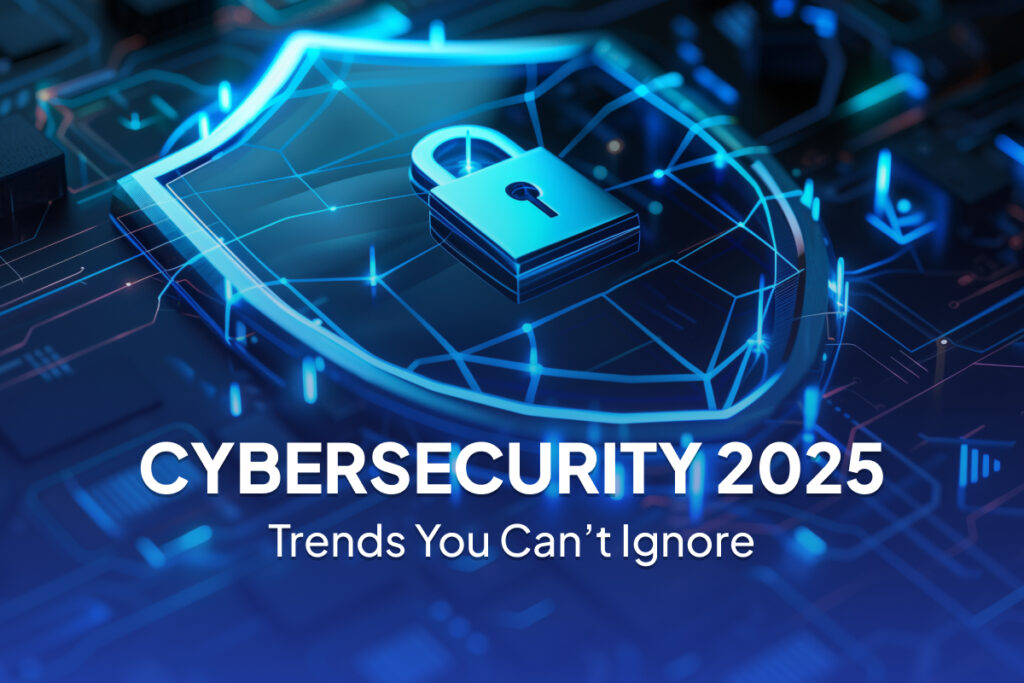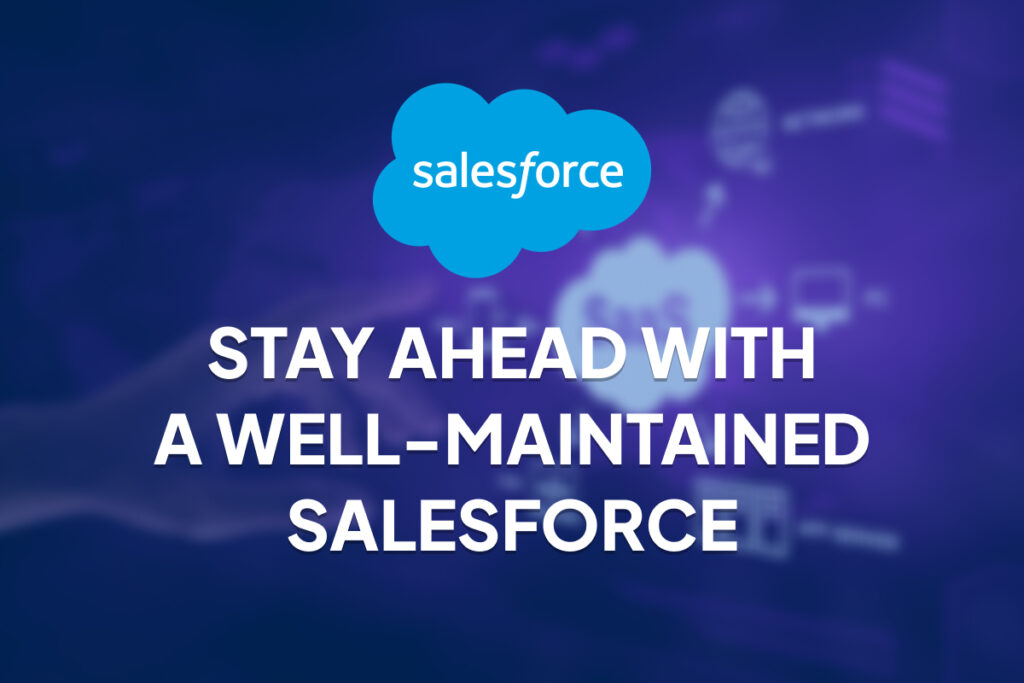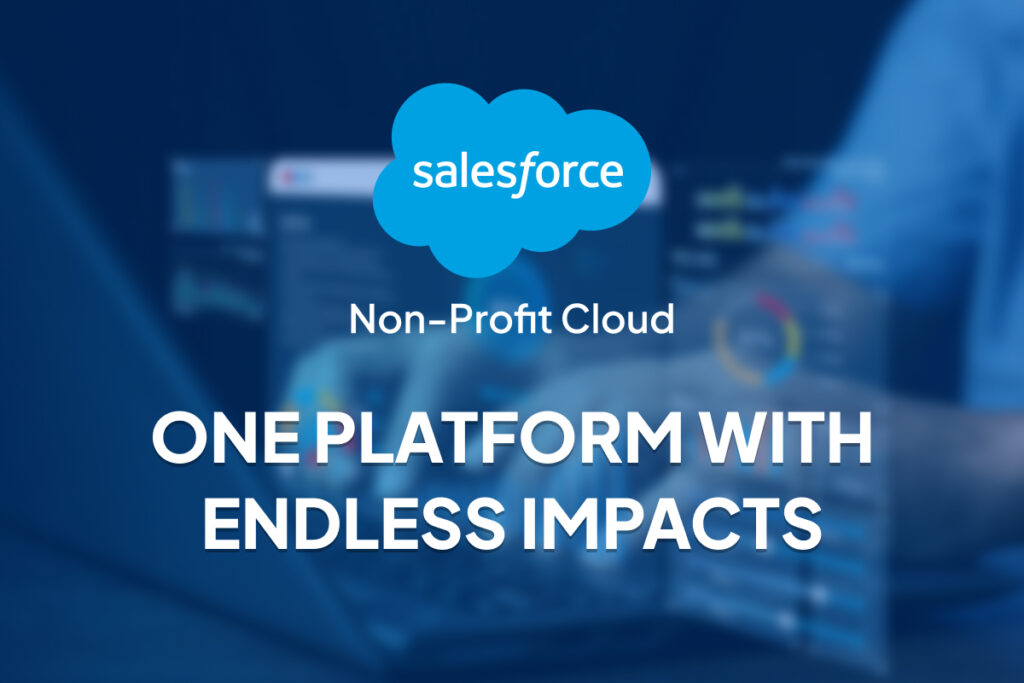Shopify vs WooCommerce vs Magento E-commerce Platform Comparison

Choosing the right e-commerce platform can make or break your online business success. With Shopify taking 26% and WooCommerce holding a middle ground at a 20% market share, these platforms dominate the e-commerce landscape alongside Magento. But which one is right for your business? This comprehensive comparison analyzes Shopify, WooCommerce, and Magento across the most critical factors: features, costs, scalability, and performance. Whether you’re launching your first online store or migrating from an existing platform, this guide will help you make an informed decision based on your specific business needs and budget. Platform Overview Shopify: The All-in-One Solution Shopify is a fully-hosted, cloud-based e-commerce platform designed for ease of use. Shopify is a more user-friendly platform that is perfect for smaller businesses that wish to start an eCommerce website without committing too much time, money and effort. The platform handles hosting, security, and updates automatically, making it ideal for entrepreneurs who want to focus on selling rather than technical management. WooCommerce: The WordPress-Powered Option WooCommerce is not a full-fledged CMS, but just an e-commerce plugin for WordPress. But this doesn’t make it any less powerful. WooCommerce is most suitable for businesses that are already running a WordPress-based website and wish to enrich it with e-commerce functionality. As an open-source solution, it offers extensive customization possibilities. Magento: The Enterprise Powerhouse Magento was released in 2008. It was acquired by Adobe Inc. in 2018. Magento offers better performance, security, and ease of use. Compared to WooCommerce and Shopify, Magento is more feature-rich. If you’re running a medium-to-large e-commerce business or have extensive operations in multiple industries, Magento is the standout choice. Pricing and Cost Comparison Shopify Pricing Structure The plans include Basic ($39), Shopify ($105), and Advanced ($399). Each plan comes with a monthly (or yearly, with 25% off) subscription fee, and pricing is tiered based on the features and capabilities offered. Detailed Shopify Pricing: Total Cost of Ownership: Shopify’s pricing is predictable, with all hosting, security, and basic features included. However, premium apps and themes can increase costs significantly. WooCommerce Pricing Structure WooCommerce is a free, open-source plugin for WordPress. However, the “free” nature can be misleading when you factor in additional costs: WooCommerce Cost Breakdown: Total Cost of Ownership: While initially appearing cheaper, WooCommerce’s total costs can rival or exceed Shopify when accounting for hosting, plugins, themes, and development time. Magento Pricing Structure Magento offers two main versions with different pricing models: Magento Open Source (Free) Adobe Commerce (Magento Enterprise) Total Cost of Ownership: Magento requires significant upfront investment and ongoing maintenance costs, making it suitable primarily for large enterprises with substantial budgets. Feature Comparison (Icons of app/plugins of : Shopify, WordPress, Magento.) Ease of Use and Setup Customization and Flexibility Extension and App Ecosystem SEO Capabilities Scalability and Performance Traffic and Transaction Handling Multi-Store Management International and Multi-Currency Support Security and Maintenance Security Features Maintenance Requirements When to Choose Each Platform Choose Shopify If: Choose WooCommerce If: Choose Magento If: Making Your Decision The choice between Shopify, WooCommerce, and Magento ultimately depends on your business size, technical expertise, budget, and growth plans. Consider starting with a platform that meets your immediate needs while ensuring it can scale with your growth. Many successful businesses begin with Shopify or WooCommerce and migrate to more robust solutions as they expand. The Wrap-up Each platform has distinct advantages depending on your business context. Shopify excels in user-friendliness and reliability, WooCommerce offers flexibility and cost-effectiveness, while Magento provides enterprise-grade power and customization. Evaluate your priorities: if you value simplicity and support, choose Shopify; if you need flexibility on a budget, select WooCommerce; if you require enterprise features and have the resources, opt for Magento. Remember that switching platforms later is possible but can be costly and time-consuming. Invest time in evaluating your long-term needs and choose the platform that best aligns with your business goals and technical capabilities.
Cybersecurity 2025: Trends You Can’t Ignore

Cybersecurity is shifting quickly, and 2025 will bring challenges that businesses can’t ignore. Attackers are adapting faster, their tools are more sophisticated, and the financial and reputational cost of a breach continues to rise. Here are the key trends shaping the security landscape this year and why they matter for every organization. 1. AI as Both Defense and Threat Artificial Intelligence is now a standard part of cybersecurity. The same technology that protects businesses is also being turned against them, which makes it essential for companies to adopt AI-driven defenses of their own. 2. Deepfakes and Smarter Social Engineering Phishing is no longer limited to clumsy emails full of typos. In 2025, attackers are using deepfake audio and video to impersonate executives, pressure employees, and manipulate financial processes. Imagine a voice message that sounds exactly like your CFO authorizing a payment. Or a video call where a “manager” requests sensitive files. These tactics are not science fiction anymore—they’re already being used. Technology alone can’t stop this. Employees need ongoing awareness training to recognize when something feels off. 3. Cloud Growth and the Risk That Comes With It Almost every business now relies heavily on cloud services. While providers secure their own infrastructure, the responsibility for safe configuration and access still rests with the customer. Weak identity management, poor visibility, and misconfigured settings are common openings for attackers. A single exposed database or neglected permission can lead to major data loss. Strong governance and constant monitoring are no longer optional. Businesses must treat the cloud as an extension of their own environment, not a black box they can ignore. 4. Tougher Regulations and Higher Stakes Governments are introducing stricter cybersecurity rules and higher penalties for non-compliance. From data protection laws to industry-specific standards, businesses are facing more scrutiny than ever. But compliance is only the floor, not the ceiling. Meeting requirements doesn’t guarantee safety. Companies that view security only as a checklist will remain vulnerable, while those that integrate it into daily operations will be better prepared for what comes next. 5. Security as a Core Business Priority Cybersecurity has moved out of the IT department and into the boardroom. A single incident can disrupt operations, drive away customers, and damage reputation for years. Forward-thinking companies are treating security as part of their value proposition. They are building it into culture, processes, and customer experience—not as an add-on, but as a foundation of trust. Cybersecurity in 2025 is not about trying to stop every attack. That is impossible. The focus must be on resilience: detecting threats quickly, responding effectively, and recovering with minimal disruption. The businesses that thrive will be those that prepare now, not after the damage is done. The question for leaders is straightforward: Is your organization ready for the year ahead?Stay tuned to read more trending tech updates.
Salesforce for Nonprofits: A Guide to Ongoing Maintenance and Support

Salesforce provides nonprofits with the tools to fundraise smarter, engage donors, and deliver meaningful impact. But never mistake it for a “set-it-and-forget-it” system: to keep it smoothly running and to get the most from Salesforce, organisations must actively manage it, update records, and fine-tune workflows. A well-maintained Salesforce builds trust in your data, keeps staff productive, and protects sensitive information. On the other hand, neglecting it can lead to errors, security gaps, and reduced donor confidence. Common Risks of Neglecting Maintenance Without ongoing maintenance, Salesforce organisations are more likely to accumulate technical debt, messy data, and poor performance. The system will become more unreliable if it contains outdated automations, unused fields, or missed updates. Without proper assistance and regular maintenance, even the best systems can become a liability, leading to crashing data quality, security, and productivity. Weak Data Leads to Weaker Decisions Old spreadsheets, duplicate entries, and missing information can mess up your data. Without regular cleaning, reports become inaccurate and insights misleading. Without regular cleanups, reports become unreliable and insights misleading. System Slowdowns & Breakages The initially received corrupted data will result in clogged performance or even break key integrations when releases roll out. Security Gaps Inactive user accounts, weak passwords, or outdated permissions expose sensitive donor and beneficiary data. Routine checks, like enforcing Multi-Factor Authentication (MFA adds an extra layer of security by requiring users to verify their identity with more than just a password—like a code from a phone or a fingerprint), auditing permissions, and monitoring logins are essential to protect trust and compliance. Low User Adoption When workflows feel outdated or staff aren’t trained on new features, people slip back to outdated software, causing wasted investment and weaker impact tracking. Key Components of Ongoing Support Maintaining Salesforce is not a one-time task; it requires continuous attention across several areas to keep your system healthy, secure, and aligned with mission goals. Data Quality and Integrity Clean data is the foundation of any nonprofit CRM. Regularly audit records, remove duplicates, standardise formats, and archive outdated information to keep them clean. Also, use validation rules and backups to maintain accuracy and recover data when needed. User Training and Adoption A CRM is only as effective as its users. Provide ongoing training, refresher courses, and updated documentation, and designate “Super Users” to guide teams. Continuous education boosts adoption and helps staff fully leverage Salesforce. Security and Compliance Protecting donor and beneficiary data is critical. Protect sensitive donor and beneficiary data by enforcing strong passwords, enabling multi-factor authentication (MFA), and limiting user access based on roles. Conduct regular security audits, review permission sets and activity logs, stay compliant with regulations like GDPR and HIPAA, and maintain a well-defined incident response plan to quickly address any security issues. GDPR (General Data Protection Regulation): A European law that protects personal data and the privacy of individuals in the EU. It sets rules on how organisations can collect, store, and use personal information.HIPAA (Health Insurance Portability and Accountability Act): A U.S. law that protects sensitive health information and ensures it is kept secure and confidential. Release Updates and System Health Salesforce updates multiple times a year. Test changes in a sandbox, plan deployments carefully, and perform regular health checks to keep your system efficient and take full advantage of new features. Integrations and Third-Party Tools Most nonprofits integrate Salesforce with fundraising, marketing, or finance tools. The best advised practices for them are to regularly test connections and data flows to ensure accuracy, prevent silos, and give your team a unified view of supporters. Best Practices for a Healthy Salesforce Org Keeping a Salesforce org healthy involves more than just ticking off individual tasks. It requires strong governance and proactive best practices. Key recommendations include: By following these best practices, nonprofits can prevent many common problems before they occur and build a Salesforce environment that scales with their mission. In-House vs. External Support Nonprofits must decide whether to staff Salesforce expertise internally or to hire external help. Both approaches have pros and cons: Some organisations use a hybrid model: a part-time internal admin supported by an external consultant for complex projects or overflow. Regardless of the model, the key is assigning accountability for Salesforce upkeep (either to a person or a service) so that regular maintenance doesn’t fall through the cracks. Long-Term Success, Security, and ROI A healthy org grows with you—delivering reliable reports for donors and boards, helping staff work more efficiently, and ensuring security and compliance. The real value comes from ongoing optimisation: aligning Salesforce with mission goals, automating manual work, and refining data so your team can focus on impact, not troubleshooting. Measuring success is key. Track KPIs like user adoption, supporter retention, and cost per donation. These metrics demonstrate ROI, justify resources, and highlight where the system is driving the most value. Over time, consistent maintenance fuels growth: better donor insights accelerate fundraising, smarter tools expand programmes, and strong reporting attracts new funding. Nonprofits that invest in support often find Salesforce pays for itself many times over in saved time and increased impact. Proper Salesforce maintenance isn’t just about “keeping the lights on”. It’s an investment in your nonprofit’s future. “When well maintained, Salesforce becomes a powerful tool that drives impact, builds donor trust, and frees your team to focus on mission-critical work.” Why Ongoing Salesforce Maintenance Matters Nonprofits today must deliver impact, engage donors effectively, and protect sensitive data. Without regular Salesforce maintenance, you risk your data, security and progress. Ongoing Salesforce maintenance isn’t optional—it keeps your org reliable, secure, and mission-ready. Neglecting it weakens data, security, and staff productivity, while proactive cleanups, updates, and training protect trust, boost adoption, and ensure your CRM truly supports your mission. Investing in these practices helps nonprofits build a system that grows with them, enables smarter decisions, and drives greater impact. Start Now
Salesforce Nonprofit Cloud:The Future of Nonprofit Success

Salesforce Nonprofit Cloud is a complete CRM equipped with a comprehensive set of integrated tools and applications built on the Salesforce platform. It is a unified platform designed specifically for nonprofit organizations to streamline their operations, like fundraising, donor management, delivering programs, and measuring impact. By bringing data together, it enables nonprofits to work more efficiently, nurture stronger relationships, and make data-driven decisions. Eligible nonprofits receive 10 free Nonprofit Cloud or Sales/Service Cloud licenses, giving access to enterprise-grade tools at little to no cost. This means nonprofits can use the same powerful technology as leading businesses, but tailored to their missions. Nonprofits differ from for-profits by focusing on a social cause instead of profit. Their income is reinvested into programs and services, benefiting communities in areas like healthcare, education, humanitarian relief, and more. Nonprofits today operate in an increasingly complex world. Donors expect personalized engagement, grantmakers and funders demand measurable outcomes, and organizations must safeguard sensitive data while maximizing limited resources. To help nonprofits meet these challenges, Salesforce introduced Nonprofit Cloud (NPC)—a purpose-built CRM designed to unify fundraising, program management, grantmaking, and impact measurement on a single secure platform. Key Capabilities of Salesforce Nonprofit Cloud For over a decade, the Nonprofit Success Pack (NPSP) has been the go-to CRM for more than 40,000 nonprofit organizations worldwide. While NPSP was groundbreaking, it required significant customization and third-party add-ons for areas like grant management, volunteer tracking, and outcome reporting. As nonprofits faced growing data complexity, increasing donor expectations, and rising cybersecurity risks, the need for a more comprehensive, integrated platform became clear. 1. Fundraising and Donor Management Nonprofit Cloud provides a 360° view of your supporters, allowing fundraising teams to manage relationships, track giving history, and drive engagement through data-driven campaigns. Dedicated apps streamline: With unified data, teams reduce duplication and maximize efficiency, ultimately raising more funds with fewer resources. 2. Program and Case Management Beyond fundraising, Nonprofit Cloud empowers organizations to deliver and track the services that drive their missions. Features include: Whether it’s operating a food bank, delivering health services, or running youth programs, NPC gives nonprofits the tools to manage impact with precision and accountability. 3. Grantmaking Grantmaking is all about driving meaningful change and turning resources into measurable results. Nonprofit Cloud streamlines the entire process with purpose-built tools for planning, application management, and outcome tracking. Through an integrated grantee portal, applicants can easily submit and manage information, reducing paperwork and confusion. At the same time, funders gain clear visibility into results, strengthening trust with grantees and helping organizations demonstrate the value of their investments to boards, stakeholders, and communities. 4. Impact Measurement For nonprofits, impact is everything—it’s the proof that their work is making a difference. With Nonprofit Cloud’s built-in Outcome Management tools, organizations can connect outcomes directly to specific programs and funding sources. This makes it easier to track progress, show funders exactly how resources are driving change, and refine strategies for even greater results. By turning data into clear evidence of impact, nonprofits can strengthen trust, secure more support, and stay focused on their mission. 5. Security and Data Integration Data is the lifeline of every nonprofit—and protecting it is non-negotiable. With nearly 7 in 10 nonprofits reporting a data breach in recent years, security is a top priority. Nonprofit Cloud is built on Salesforce’s enterprise-grade protections, offering strong identity verification, compliance features, and privacy safeguards to keep sensitive donor and program data safe. Beyond security, NPC also makes life easier by connecting seamlessly with accounting and financial systems through the Accounting Subledger, ensuring your fundraising, program, and financial data always stay in sync. This alignment reduces errors, saves time, and gives leadership a complete, trustworthy view of organizational health. What Makes NPC Different? Salesforce Nonprofit Cloud stands out because it’s comprehensive right from the start. Unlike NPSP, which often requires heavy customization and third-party add-ons, NPC is designed as a complete solution out of the box. It also taps into Salesforce’s broader industry innovations—like Health Cloud and Financial Services Cloud—bringing enterprise-level tools directly into the nonprofit space. For instance, a food bank using NPC can not only track donations and manage volunteer schedules but also streamline food distribution and report back to funders with clear, measurable impact. Importantly, NPC isn’t just an “upgrade” to NPSP—it’s a fresh reimplementation that gives nonprofits the chance to modernize their systems, migrate data strategically, and benefit from Salesforce’s billions in ongoing R&D. While Salesforce continues to support NPSP, organizations looking for future-ready technology and long-term scalability will find NPC to be the clear next step. Benefits of Nonprofit Cloud for Organizations Moving Forward with Salesforce Nonprofit Cloud Nonprofit Cloud isn’t just another CRM—it’s a platform designed to help nonprofits meet today’s challenges and prepare for tomorrow. With free licenses for eligible organizations, enterprise-level security, and continuous innovation from Salesforce, nonprofits of all sizes can access technology once reserved for the world’s largest companies.Whether your organization is brand new to Salesforce or currently using NPSP, NPC offers a future-ready path to manage fundraising, deliver programs, and measure outcomes—all on a single platform. Start Now
Lorem ipsum dolor sit amet, consectetur adipiscing elit.

Lorem ipsum dolor sit amet, consectetur adipiscing elit. Sed do eiusmod tempor incididunt ut labore et dolore magna aliqua. Ut enim ad minim veniam, quis nostrud exercitation ullamco laboris nisi ut aliquip ex ea commodo consequat. Duis aute irure dolor in reprehenderit in voluptate velit esse cillum dolore eu fugiat nulla pariatur. Excepteur sint occaecat cupidatat non proident, sunt in culpa qui officia deserunt mollit anim id est laborum.Lorem ipsum dolor sit amet, consectetur adipiscing elit. Sed do eiusmod tempor incididunt ut labore et dolore magna aliqua. Ut enim ad minim veniam, quis nostrud exercitation ullamco laboris nisi ut aliquip ex ea commodo consequat. Duis aute irure dolor in reprehenderit in voluptate velit esse cillum dolore eu fugiat nulla pariatur. Excepteur sint occaecat cupidatat non proident, sunt in culpa qui officia deserunt mollit anim id est laborum. Lorem ipsum dolor sit amet, consectetur adipiscing elit. Sed do eiusmod tempor incididunt ut labore et dolore magna aliqua. Ut enim ad minim veniam, quis nostrud exercitation ullamco laboris nisi ut aliquip ex ea commodo consequat. Duis aute irure dolor in reprehenderit in voluptate velit esse cillum dolore eu fugiat nulla pariatur. Excepteur sint occaecat cupidatat non proident, sunt in culpa qui officia deserunt mollit anim id est laborum.
Lorem ipsum dolor sit amet, consectetur adipiscing elit.

Lorem ipsum dolor sit amet, consectetur adipiscing elit. Sed do eiusmod tempor incididunt ut labore et dolore magna aliqua. Ut enim ad minim veniam, quis nostrud exercitation ullamco laboris nisi ut aliquip ex ea commodo consequat. Duis aute irure dolor in reprehenderit in voluptate velit esse cillum dolore eu fugiat nulla pariatur. Excepteur sint occaecat cupidatat non proident, sunt in culpa qui officia deserunt mollit anim id est laborum.Lorem ipsum dolor sit amet, consectetur adipiscing elit. Sed do eiusmod tempor incididunt ut labore et dolore magna aliqua. Ut enim ad minim veniam, quis nostrud exercitation ullamco laboris nisi ut aliquip ex ea commodo consequat. Duis aute irure dolor in reprehenderit in voluptate velit esse cillum dolore eu fugiat nulla pariatur. Excepteur sint occaecat cupidatat non proident, sunt in culpa qui officia deserunt mollit anim id est laborum. Lorem ipsum dolor sit amet, consectetur adipiscing elit. Sed do eiusmod tempor incididunt ut labore et dolore magna aliqua. Ut enim ad minim veniam, quis nostrud exercitation ullamco laboris nisi ut aliquip ex ea commodo consequat. Duis aute irure dolor in reprehenderit in voluptate velit esse cillum dolore eu fugiat nulla pariatur. Excepteur sint occaecat cupidatat non proident, sunt in culpa qui officia deserunt mollit anim id est laborum.
Lorem ipsum dolor sit amet, consectetur adipiscing elit.

Lorem ipsum dolor sit amet, consectetur adipiscing elit. Sed do eiusmod tempor incididunt ut labore et dolore magna aliqua. Ut enim ad minim veniam, quis nostrud exercitation ullamco laboris nisi ut aliquip ex ea commodo consequat. Duis aute irure dolor in reprehenderit in voluptate velit esse cillum dolore eu fugiat nulla pariatur. Excepteur sint occaecat cupidatat non proident, sunt in culpa qui officia deserunt mollit anim id est laborum.Lorem ipsum dolor sit amet, consectetur adipiscing elit. Sed do eiusmod tempor incididunt ut labore et dolore magna aliqua. Ut enim ad minim veniam, quis nostrud exercitation ullamco laboris nisi ut aliquip ex ea commodo consequat. Duis aute irure dolor in reprehenderit in voluptate velit esse cillum dolore eu fugiat nulla pariatur. Excepteur sint occaecat cupidatat non proident, sunt in culpa qui officia deserunt mollit anim id est laborum. Lorem ipsum dolor sit amet, consectetur adipiscing elit. Sed do eiusmod tempor incididunt ut labore et dolore magna aliqua. Ut enim ad minim veniam, quis nostrud exercitation ullamco laboris nisi ut aliquip ex ea commodo consequat. Duis aute irure dolor in reprehenderit in voluptate velit esse cillum dolore eu fugiat nulla pariatur. Excepteur sint occaecat cupidatat non proident, sunt in culpa qui officia deserunt mollit anim id est laborum.
